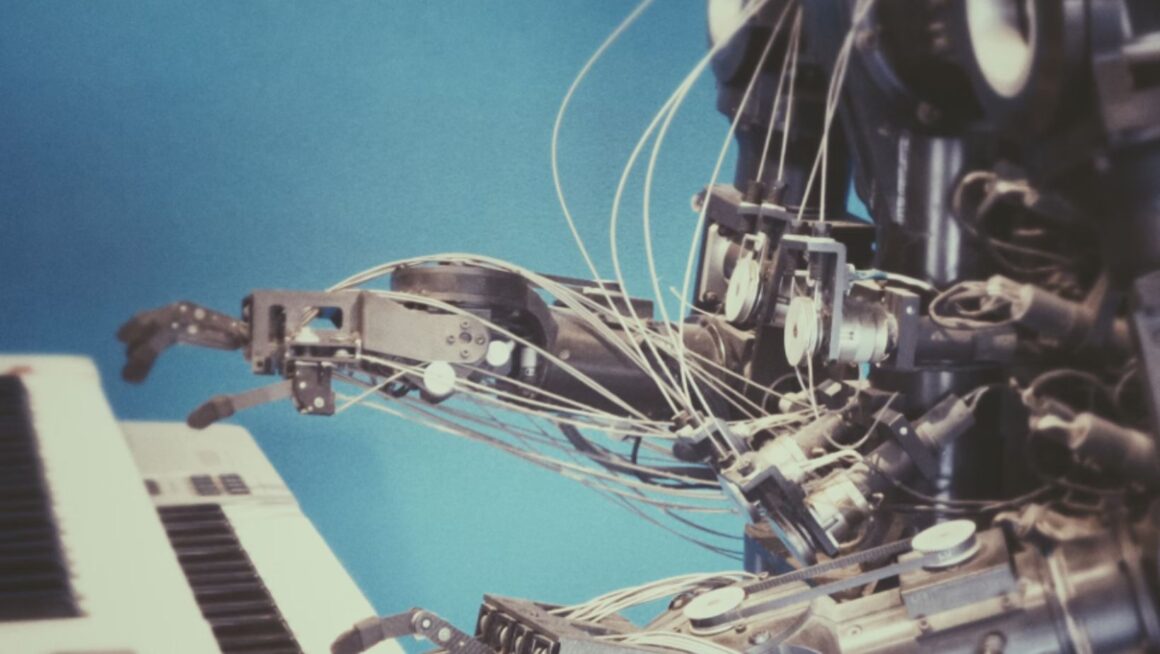AI image recognition is changing the game across various sectors. By allowing machines to interpret visual data, businesses can improve many operations. From healthcare to retail, this technology is making a significant impact.
Interested in how AI image recognition can benefit your business? Read on to discover its applications and learn how to use it effectively.
The image recognition market is set to grow to $53 billion by 2025, according to MarketsandMarkets research. This growth highlights the increasing importance and adoption of AI image recognition technology across various sectors.
AI image recognition refers to the ability of computers to interpret and understand visual information from the world. This technology uses machine learning algorithms to process and analyze images, identifying objects, faces, text, and more. Therefore, it transforms how industries manage and utilize visual data. Key components of AI image recognition are:
- Image preprocessing: Cleaning and preparing images for analysis.
- Feature extraction: Identifying important parts of the image, such as edges, textures, and shapes.
- Classification: Categorizing images based on the extracted features.
- Object detection: Locating and identifying objects within an image.
- Segmentation: Dividing an image into different parts for detailed analysis.
Moreover, AI image recognition encompasses several techniques, including:
- Supervised learning: Training models on labeled data to recognize patterns and make predictions.
- Unsupervised learning: Finding hidden patterns in unlabeled data.
- Convolutional neural networks (CNNs): A type of deep learning model designed specifically for image analysis.
These techniques enable applications such as:
- Facial recognition: Identifying and verifying individuals in security and social media.
- Optical character recognition (OCR): Converting printed or handwritten text into digital form.
- Medical imaging: Assisting doctors in diagnosing diseases from X-rays and MRIs.
The demand for AI image recognition continues to rise. It offers innovative ways to solve problems. Hence, companies need to explore how AI image recognition can benefit their specific needs. This technology’s rapid advancement opens new opportunities and sets the stage for future developments. Adopting AI image recognition can thus provide a competitive edge in today’s data-driven world.
Applications of AI Image Recognition in Various Industries
AI image recognition is revolutionizing many industries with its advanced capabilities. By using an AI image detector, businesses can automate processes for better accuracy. Here are some key applications across various sectors:
Healthcare
In healthcare, AI image recognition plays a vital role. Doctors use AI image analysis to interpret medical images such as X-rays, MRIs, and CT scans. This helps in diagnosing diseases faster and with greater precision. For instance, AI image detectors can identify tumors or fractures in images, aiding in early diagnosis and treatment.
Retail
The retail industry benefits greatly from AI image recognition. Stores use artificial intelligence images to enhance customer experiences. Visual search engines allow customers to upload a photo of a product they like. Then, the system finds similar items in the store’s inventory. This ensures shelves are always stocked and products are organized efficiently.
Automotive
In the automotive sector, AI image recognition is crucial for developing autonomous vehicles. Self-driving cars rely on AI image analysis to navigate roads, recognize traffic signs, and avoid obstacles. They use AI image detectors to monitor surroundings and prevent accidents.
Security
Security applications heavily depend on AI image recognition. Surveillance systems use AI image detectors to monitor public spaces, and detect suspicious activities. Facial recognition technology helps in identifying individuals. Which is particularly useful in law enforcement and border control.
Agriculture
Farmers use AI image recognition to monitor crop health and optimize farming practices. Drones equipped with AI image detectors can scan large fields and identify areas affected by pests or diseases. This enables targeted treatment, reducing the use of pesticides and improving crop yield.
Manufacturing
In manufacturing, AI image recognition boosts quality control. Factories use AI image analysis to inspect products on the assembly line. These findings help to maintain high standards. This automation speeds up production and cuts the need for manual checks.

AI image recognition has a big impact on these industries. It offers solutions that streamline operations and provide new insights. As technology advances, more innovative applications of AI image recognition will emerge.
Understanding these applications is key for businesses wanting to leverage artificial intelligence images. This technology opens up new opportunities for growth and innovation.
Steps to Implement AI Image Recognition
Implementing AI image recognition involves several steps to ensure effective use. Here’s a brief guide:
1. Assess needs and identify use cases
Determine where recognition images can benefit your business. Identify specific problems where AI image detection can improve efficiency or accuracy.
2. Choose the right tools and platforms
Select AI tools and platforms that fit your technical requirements and budget. Consider options like Google Cloud Vision, Amazon Rekognition, and Microsoft Azure Computer Vision.
3. Prepare and annotate data
Collect and clean relevant images. Annotate them to train the AI model. High-quality, well-labeled data leads to better model performance.

4. Train the AI model
Use your selected platform to train the AI model with your annotated data. Adjust the model’s parameters to improve its ability to recognize patterns and objects in images.
5. Evaluate and validate the model
Test the model with new data to ensure it works correctly. Make necessary adjustments to enhance performance.
6. Deploy the model
Deploy the AI model into your production environment. Monitor its performance and make ongoing adjustments to maintain accuracy and efficiency.
7. Ensure data security
Prioritize data security throughout the process. Protect your images and sensitive information from unauthorized access.
Following these steps helps you implement AI image recognition effectively. This approach allows you to harness the power of AI image detection to transform your business operations.
To Sum Up
AI image recognition helps companies automate tasks and gain insights from visual data. With continuous AI advancements, this technology is crucial for growth.
Businesses should explore AI image recognition to streamline operations and improve productivity. Start integrating this technology to stay competitive in today’s fast-paced world. Embrace AI-driven solutions and discover new opportunities for success.




